Renewing Roots
On February 28, 2024, Mirjam Kuzee, Program Director for the National Fish and Wildlife Foundation Coastal Resilience Program, visited Hacienda La Esperanza Nature Reserve to assess the outcomes of one of its funded projects, Reforestation and Habitat Enhancement of Hacienda La Esperanza. Mirjam was joined by some of the PLN team members that led the project, including Carlos Torres, Project Manager and Superintendent for the West Region, Alcides Morales, Project Field Manager, and Kathy Rodríguez, Grant Administrator. The group toured parts of the Reserve covering coastal, riverine, and wetland habitats impacted by the project’s activities throughout its four-year implementation period. With the help of community volunteers, the project team reforested these three target habitats with 55,000 native trees, propagated in PLN’s own tree nurseries.
One of the principal accomplishments attained by the project was the restoration of forest cover in a landscape that has 200 years of deforested history. Much of these lands in the alluvial valley were fully deforested to cultivate sugar cane during the 1800s. These coastal areas were also impacted by major weather events that brought on battering winds and major storm surges causing flooding from the Río Grande de Manatí and the Atlantic Ocean. The shores and banks of María Hernández tidal creek were completely devoid of forest cover of any kind prior to the project implementation in 2019. Currently, 15 feet tall red mangrove (Rhizophora mangle), white mangrove (Avicennia germinans), and pond apple (Annona glabra) grow in the intertidal flood zone and is followed by the transition to alluvial bottomland forest with a combination of short-leaf fig (Ficus citrifolia), fiddlewood (Citharexylon spinosum), maga (Thespesia grandiflora), Gregory wood (Terminalia buceras), (Guapira fragrans), Puerto Rican Royal palm (Roystonea borinquena) button wood (Conocarpus erectus), and bulletwood (Manilkara bidentata). These youthful forests form nine kilometers (approximately 5.5 miles) of corridors, linking numerous habitats and forest fragments ranging from the karst forest, floodplain, and other wetlands to the coastal forest and ultimately to the beach.
A resulting benefit of these restoration efforts was the creation of much needed wildlife habitat for species of conservation concern – especially birds which include endemic, native and migratory species. Bird surveys conducted as part of the project monitoring phase have detected several species that merit attention like prairie warbler (Setophaga discolor), Puerto Rican mango (Anthracothorax aurulentus), Limpkin (Aramus guarauna), and Puerto Rican Oriole (Icterus portoricensis), since these have been identified as species of conservation concern (US Fish & Wildlife 2021). Fish and crab surveys have been conducted and documented several species of provisioning and recreational importance such as blue land crab (Cardisoma guanhumii) and common snook (Centropomus undecimalis), which are both being commercially regulated by the Puerto Rico Department of Natural and Environmental Resources. An unexpected finding was an adult Puerto Rican boa (Chilabothrus inornatus) at the Caño San José, this a federally listed snake endemic to the island and another evidence of the importance these restoration plantings serve as biological corridors.
After this fruitful visit, we are hopeful to continue our valuable partnership with the National Fish and Wildlife Foundation (NFWF) through future investments that could further enhance and expand this restoration project. NFWF is looking to continue investing in established projects that have proven successful and beneficial to coastal communities, like our northern coastal community in Hacienda La Esperanza. The project team is planning to submit a second phase proposal to NFWF’s Coastal Resilience Program and continue strengthening buffer zones that protect lives, infrastructure, and wildlife habitats.
Help us protect nature and ecosystems on the islands of Puerto Rico.
More stories
A Second Chance for Puerto Rico’s Sapo Concho
Alliance stories A Species in Peril Once on the brink of disappearing, the Puerto Rican crested
New Seed Bank Strengthens Puerto Rico’s Agriculture
Alliance stories What if the key to Puerto Rico’s food security was hidden in its
Community Achievements from the Mountains to the Coast
We’re excited to announce the establishment of a new apiary at Cañón San Cristóbal in Barranquitas.
Advancing Botanical Science
We’re excited to announce the establishment of a new apiary at Cañón San Cristóbal in Barranquitas.
Giving Tuesday
This year Para la Naturaleza once again took part in the global philanthropic movement Giving Tuesday.
New Apiary Benefits Biodiversity
We’re excited to announce the establishment of a new apiary at Cañón San Cristóbal in Barranquitas.







